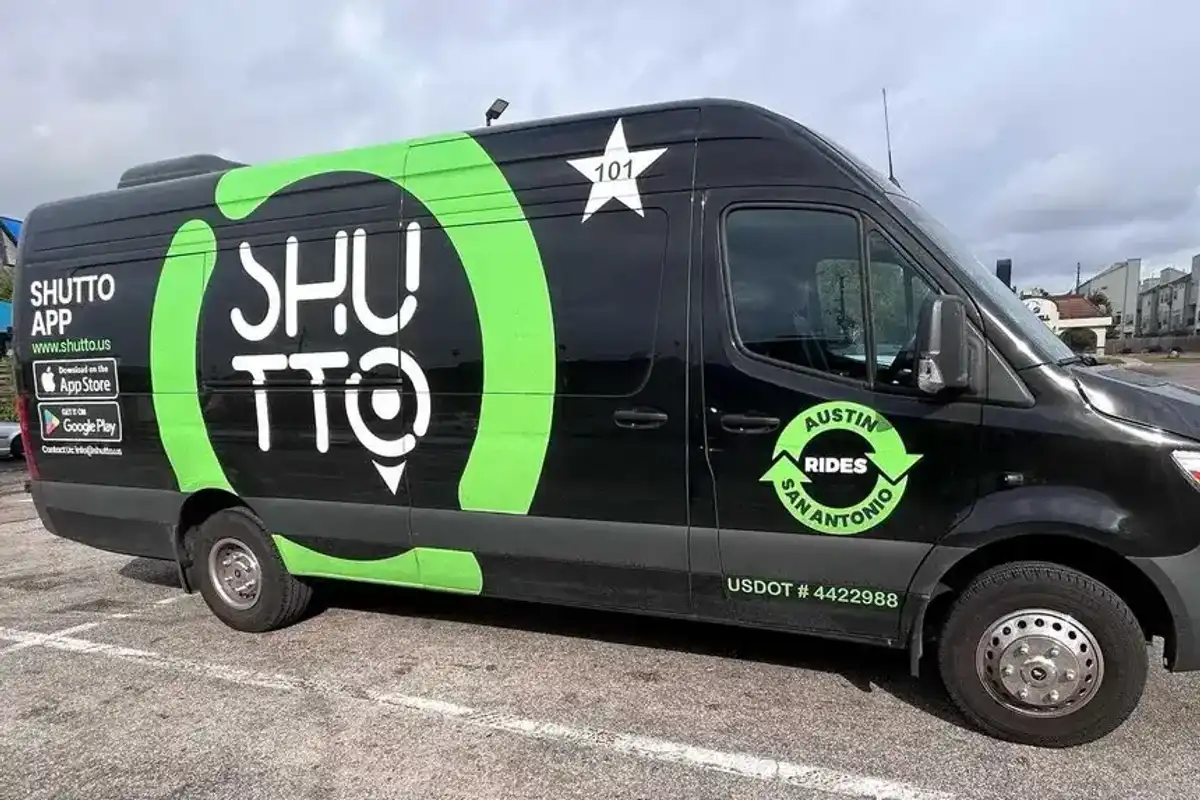How to mitigate increasing tech-related risks in the workplace, according to this Houston expert
Play it safe
New technologies — driverless vehicles, delivery drones, and AI — are making an accelerated push into operational excellence across industries, and are generating a lot of attention. Hype notwithstanding, we need to also think also about safety and risk and how to prevent safety incidents before they occur so that safety operates in partnership with new technologies and innovation.
Today, safety as process that is wrapped into ones' organizational culture requiring companies to look beyond intended performance and innovation breakthroughs, to their own assumptions about safety. And how it works and does not work, despite best efforts, financial investments and operations programs that are intended to create a culture that is incident free in the workplace.
When firmly in place, an effective safety culture instills an environment where employees differentiate between events which, while detrimental to performance, have low probability of generating an incident, and those with seemingly minimal impact on performance, yet high probability of escalation into full-blown safety incidents, accidents and sometimes deaths.
Six safety principles
Creating safety in the workplace requires a new and different mindset which incorporates six sustainable safety behaviors:
- Leadership consistently practice positive regard and good intent to articulate, demonstrate and reinforce employee behaviors that exemplify a commitment to safety.
- Leadership clearly communicate safety objectives and provide employees information to enable and empower employees to make value-based decisions and set priorities consistent with their levels of accountability and roles in the organization.
- Leadership supports employees identifying real and perceived barriers to a safe environment in compliance with policies, regulations and risks.
- Leadership practice positive employee regard to encourage, and assume good intent to accept, constructive challenges to policies and practices that have little or no value.
- Leadership support and create an environment in which commitment to identify risks during the course of one's work activities and take action, when first seen, creates a mindset that will genuinely transform the organization.
- Leaders are visible and consistently viewed by employees as champions of safety every day.
Safety mindset threats
Many current safety efforts occur after the incident takes place. In other words, after an injury happens — someone falls off a lift, for example — actions are taken to prevent similar injuries in the future. This is known as reactive safety and is not an ideal solution. If we can determine the why of an accident, safety can become proactive.
An effective safety program trains everyone, and encourages safety precautions, as well as strives to understand and reduce risk, rather than waiting for an accident to occur.
With an effective safety program in place your focus is always on preventing injuries before they occur and targeting 80 to 90 percent of the risk. Through utilization of this kind of process worker-controlled program, precautions can prevent injuries, reinforces these behaviors, identifies and removes systems, conditions and obstacles that make it difficult or impossible to take the right precautions.
In addition, employees may be practicing vicious compliance, in contrast to authentic commitment to process safety, in which they follow management's policies, procedures and other mandates "to the letter", even in situations where other choices would make more sense.
The workforce may act unilaterally based on their own assumptions, for example:
- "They talk a good game about process safety, but I know it's really about getting the work done. I'll operate to get the desired production rate, even if this pushes the equipment to its limit." Indeed, the oft-ignored employee assumption and resulting belief is that production trumps process safety.
- Employees' reliance upon personal experience to evaluate risk of low-frequency events: "As an employee, my experience teaches me that I've worn my personal protective equipment 100 times and there has never been an incident. So, if I don't wear it this one time, especially since I am so busy, it seems to me that the associated risk of an incident is quite low. So, why does management constantly 'get on me' about wearing it? Aren't there more important issues facing us?"
Routine behavior often includes silence or compliance, but with little challenge of issues or conversation about what could or might happen. As a result, management may perceive that all is well when in fact employees have significant concerns and issues.
To avoid major safety incidents, both known and unknown, an organization can take process safety to the next level by:
- Exploring and challenging deeply-held beliefs, values, and assumptions by examining the underlying antecedents of process safety behaviors and utilizing new technology systems that shut down operation when a safety situation is first detected before an incident occurs.
- Achieving the desired operational discipline, including paperless documentation, setting expectations, defining critical cyber secure procedures, and linking executive bonuses to achieving safety goals.
- Focus on practicing a leveraged safety program that delivers results in the most effective and efficient mean possible by frequently focusing on decreasing threats, risks and increasing attention and communications to prevention, detection and correction.
The ultimate effective safety process and program relies upon effective use of new technologies in the workplace self- and organizational awareness, and the constant, never-ending focus on safety everyday and minute that we spend in the workplace.
------
Mark Hordes is principal at Houston-based Mark Hordes Management Consultants LLC, an organizational consulting advisory.





